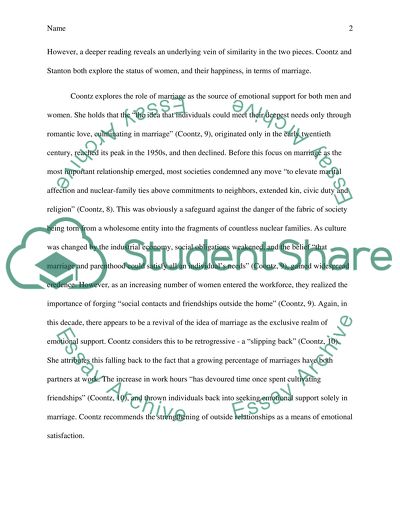Cite this document
(“1848-2006: The Evolution of Womens Position in Society Essay”, n.d.)
Retrieved from https://studentshare.org/english/1604261-1848-2006-the-evolution-of-womens-position-in-society
Retrieved from https://studentshare.org/english/1604261-1848-2006-the-evolution-of-womens-position-in-society
(1848-2006: The Evolution of Womens Position in Society Essay)
https://studentshare.org/english/1604261-1848-2006-the-evolution-of-womens-position-in-society.
https://studentshare.org/english/1604261-1848-2006-the-evolution-of-womens-position-in-society.
“1848-2006: The Evolution of Womens Position in Society Essay”, n.d. https://studentshare.org/english/1604261-1848-2006-the-evolution-of-womens-position-in-society.


